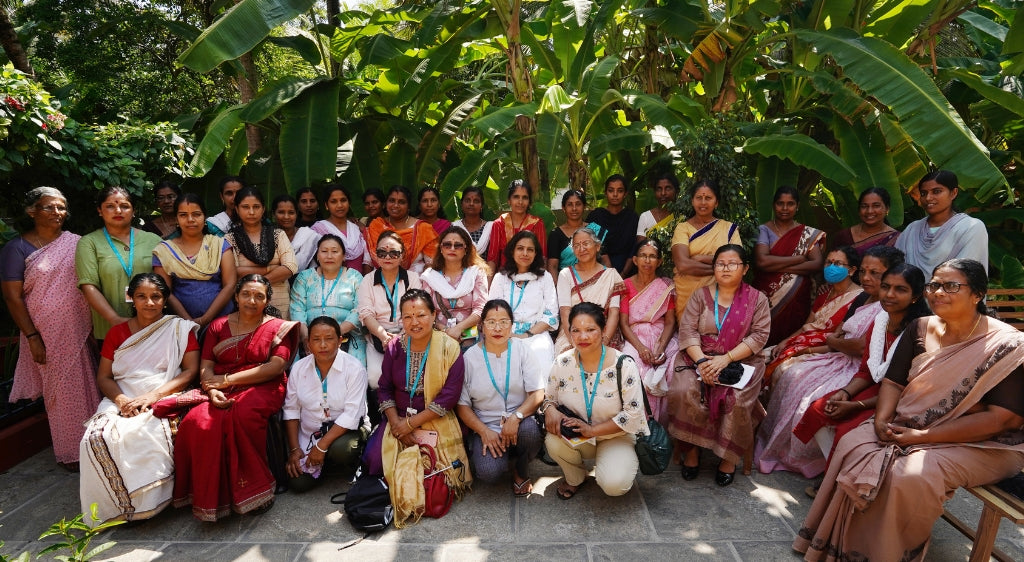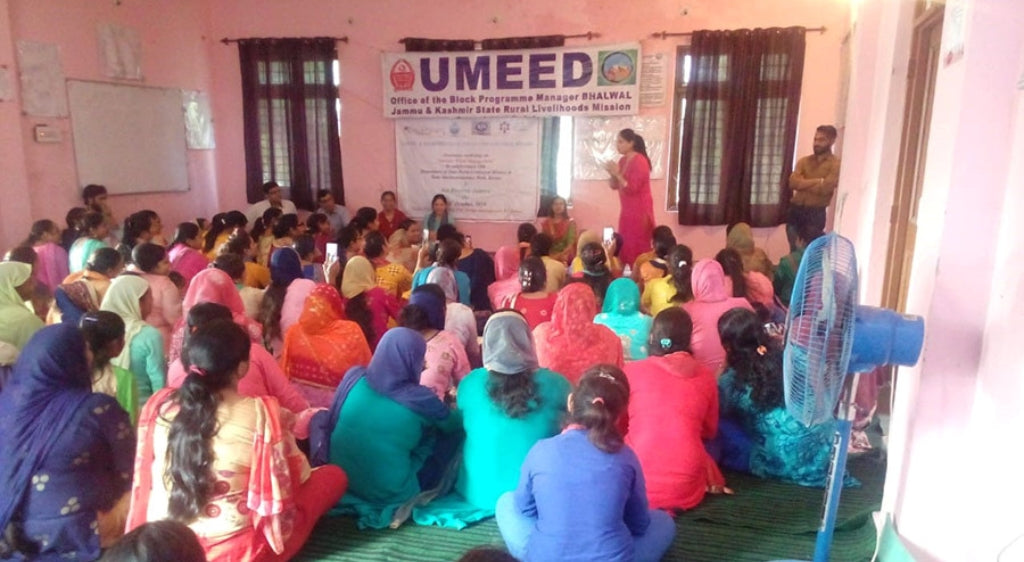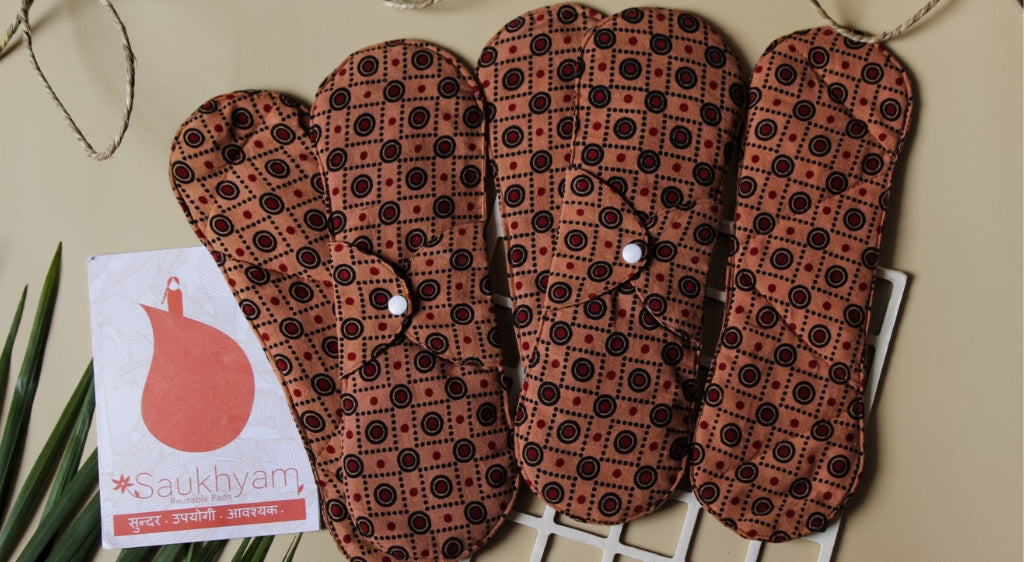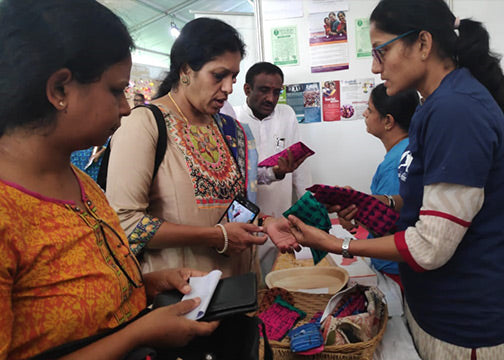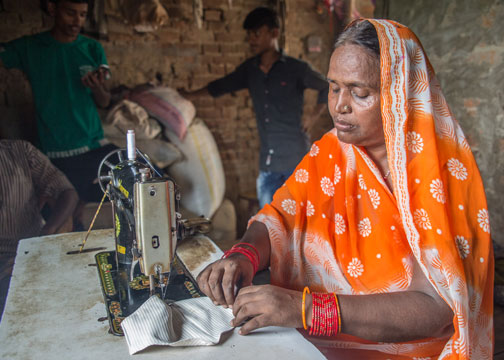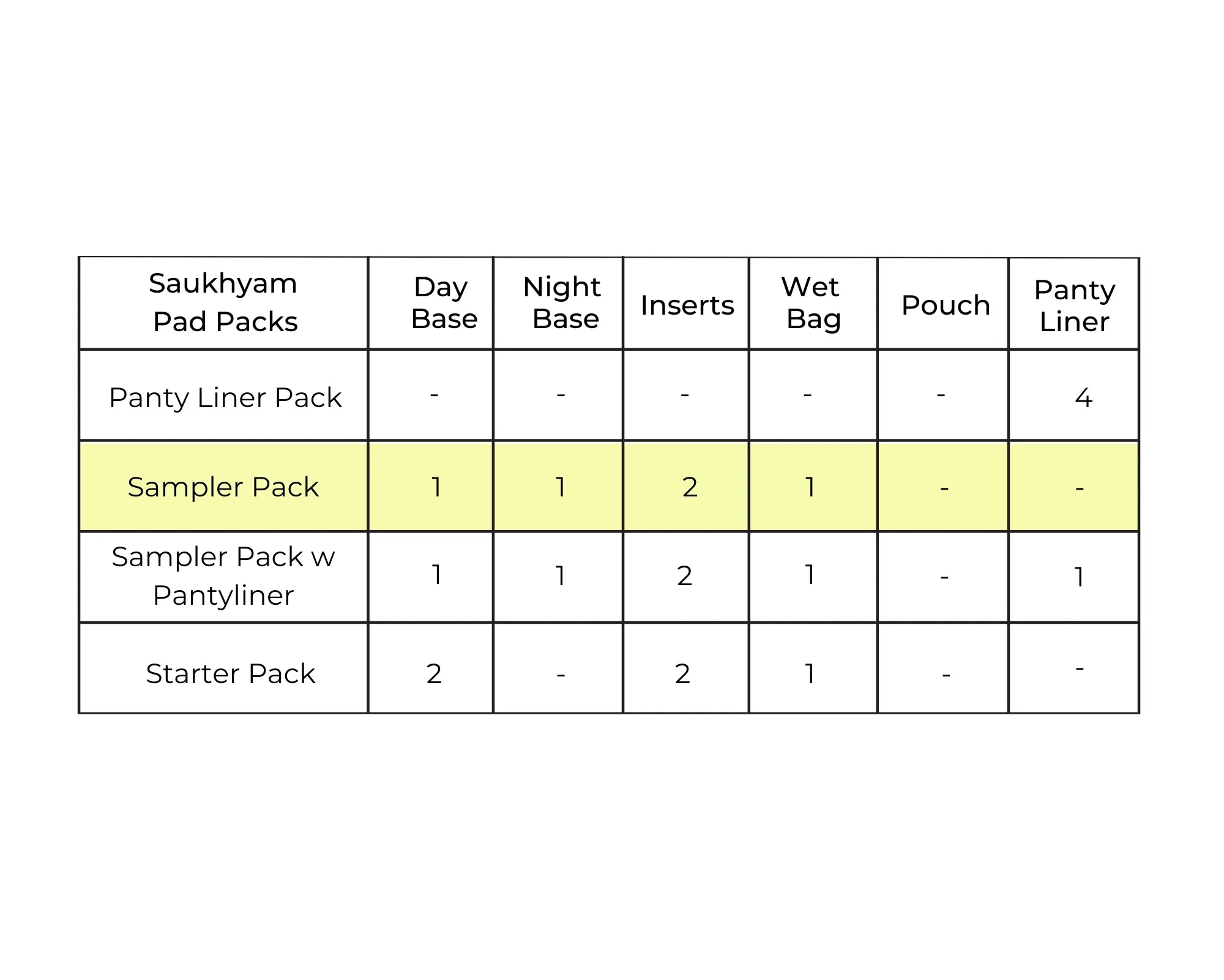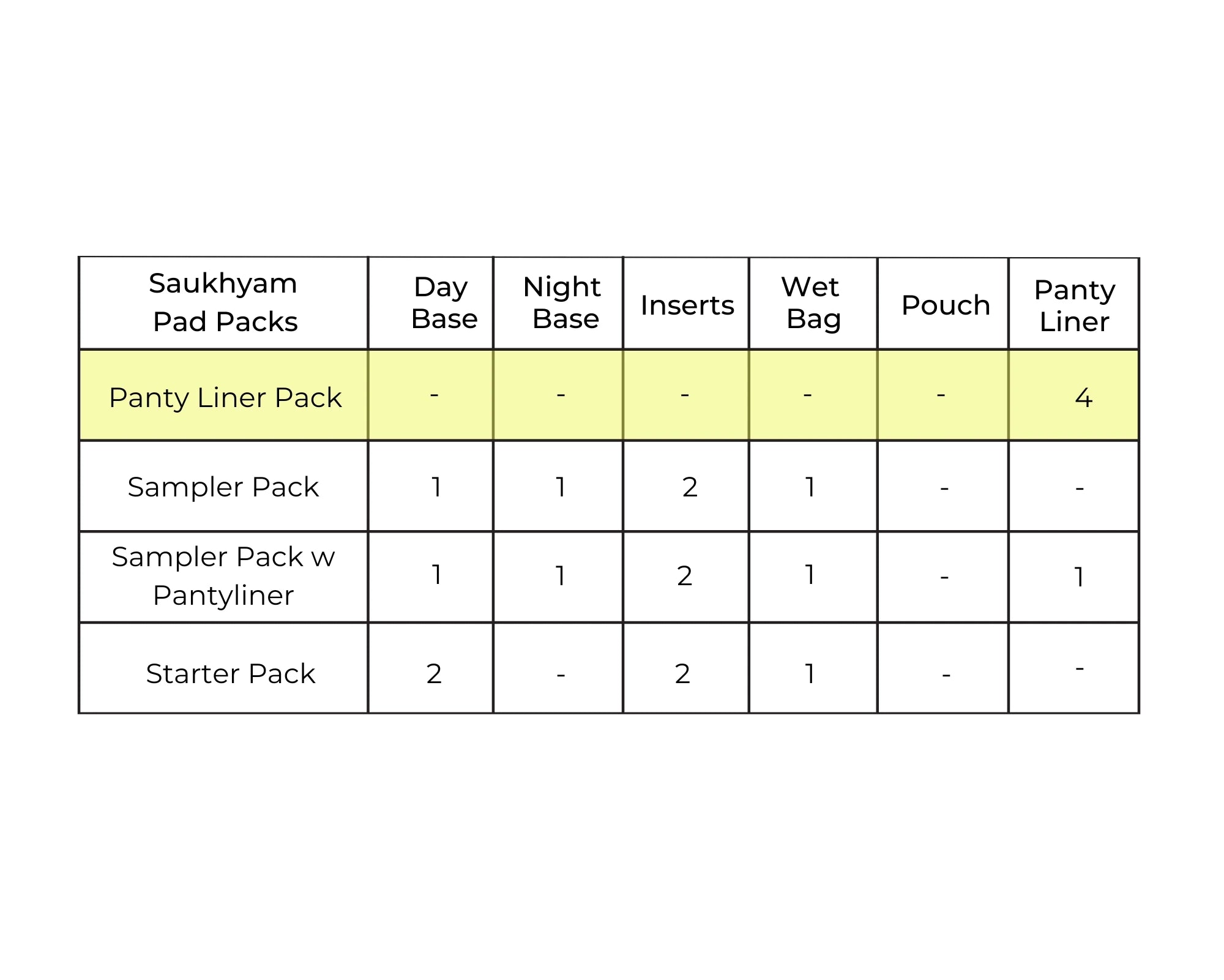
The Menstrual Cycle is a Hormonal Cycle

We believe it is essential for every woman to have a healthier way to manage her period because this process is what makes all life possible.
A woman’s body is designed so that she is ready to welcome a soul to earth and nourish it to its full growth. There are specific organs that only a woman has. These organs have a monthly rhythm to promote the best circumstances for the baby to grow.
Part of this rhythm is the menstrual cycle, where the blood lining of the uterus, which is highly rich in nutrients, is released before it builds up again during the next menstrual cycle. This blood is extremely precious — in addition to creating the ideal conditions for life to be conceived, it is rich in life-saving stem cells, which can be used to treat a long list of diseases and to further research for better cures to come.
The menstrual cycle is not just the days between 23 and 35 days. Throughout the cycle, the hormones of estrogen, testosterone and progesterone rise and fall in a specific pattern. The first day of our menstrual period is the first day of the menstrual cycle. The period usually then lasts anywhere from 3 to 7 days.
FOLLICULAR PHASE
Week One
Generally we experience the first few days of our period as the most painful. This is because the hormones in our body are causing the womb to actively shed the lining that built up in the previous menstrual cycle. However, from the moment our period begins until a week later, our estrogen level is on the rise. This means that once the achy, tiring initial days of our period are over, we may feel energized, enthusiastic, bright and want to socialize.
Week Two
The second week, estrogen is still on the rise, in order to grow and thicken the uterine lining (endometrium) and prepare the uterus for pregnancy. By the latter part of this week, the hormone testosterone will join in and the week will peak in the ovulation–the release of an egg from one of the ovaries. A clear or white discharge, known as cervical fluid, can be an indication that you are about to ovulate.
The combination of these two hormones can boost our self-confidence and even initiate acts of bravery.
LUTEAL PHASE
Week Three
The third week begins with the day after ovulation. Now the hormone progesterone rises, and estrogen and testosterone fall for the first half of the week. During that time we may feel down, irritable or tired. This is called the pre-PMS phase, caused by the fall of estrogen levels. However, by the second half of the week, estrogen will rise again and should make us feel better.
Week Four
If pregnancy did not occur, our estrogen and progesterone levels decrease, in order to initiate the release of the endometrium. This hormonal drop can trigger moodiness, sadness, irritability, muscle aches, insomnia, headaches, fatigue and a wide variety of other PMS-related symptoms. Not every woman suffers from premenstrual syndrome and symptoms can be milder or more severe from month to month. This variation in symptoms can be attributed to diet, stress, medications, exercise habits or your body’s personal sensitivity to hormones.
An upside of the premenstrual week is that we may feel more energetic and clear-headed compared to the week before. That’s because progesterone is reducing—and that means there’s less of this sedating hormone to weigh us down physically and mentally.
Practical Applications for Menstrual Fluid
Menstrual fluid contains much more than plasma and basic blood cells, due to the mixture of the endometrium, cervical mucus and vaginal secretions. Cutting-edge thinkers are finding practical application for the nutrient-rich fluid. While we may not all find ways to reuse our menstrual fluid, being aware of these practical applications is another way of seeing the sanctity and value of our monthly cycle.
Enriching the Soil
Many farmers and botanists add vitamins and nutrients to their soil by using blood meal fertilizer, comprised of dried blood from slaughtered animals. Its high nitrogen and protein composition make it perfect food for plants. Earth’s atmosphere is 78% nitrogen and blood is one of its greatest sources. Plants give off nitrogen to help balance the oxygen in the air; they also thrive on nitrogen-based food. In the Amazon rainforest, the vibrance and lushness are due to the many animals that thrive within its shelter. When these animals die, their bodies decompose and the nutrients of their carcasses go into the soil, giving nourishment back to the forest.
In the same way, we can use our own menstrual fluid to enrich the soil in our gardens. Simply soak your used Saukhyam pads in water for a good half hour to ensure all the fluid has been collected. To be on the safe side, it is best to wait 48 hours after collection before fertilizing your garden — this ensures that no airborne pathogens like Hepatitis C are present.
For Stem Cell Research
The use of menstrual fluid has been vital to stem cell research. C’elle Cryo-Cell International, one of the world’s largest private cord banks as well as developer of innovative stem cell solutions, has been collecting menstrual fluid since 1989. As stated on their website, “Stem cells in menstrual blood are highly proliferative and possess the unique ability to develop into various other types of healthy cells. During a woman’s menstrual cycle, these valuable stem cells are discarded.”
“Using menstrual blood instead of embryonic cells also avoids the ethical dilemma that is brought up when discussing the dangers of stem cell research, in addition to it being easier to collect and cause no pain to the donor, like that of bone marrow donations in adult stem cell research,” says C’elle Cryo-Cell director Jonathan Wheeler, M.D. Since stem cells from menstrual fluid can differentiate into fat, liver, brain, bone, lung, heart, and pancreas, they are optimal for the scientific research that can lead to cures for cancer, HIV and AIDS, and other life-threatening illnesses.





